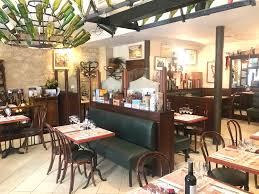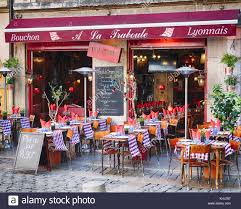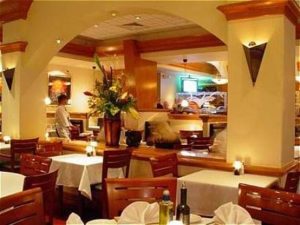Dominikanische Republik – Die schönsten Strände in der Karibik
Puerto Plata Flüge aus Europa
Für Direktflüge zum Flughafen Puerto Plata aus Europa haben Sie hauptsächlich Optionen aus Deutschland, Belgien und Holland.
– TUIfly hat Charterflüge aus mehreren Städten in Deutschland, darunter Frankfurt und Köln / Bonn. Die meisten Flüge finden in der Sommersaison statt.
– Condor fliegt von Frankfurt nach Puerto Plata.
Sie können sich auch bei Air Beling, Eurowings, Finnari, ThomsonFly und XL Airways erkundigen. Sie fliegen von Zielen in Europa nach Puerto Plata, sind jedoch nur auf bestimmte Jahreszeiten beschränkt.
Eine gute Option aus Europa ist es, nach Miami oder Newark (New York) zu fliegen. Beide sind gut mit Puerto Plata verbunden, dies könnte jedoch für die meisten EU-Bürger einen «Visa Waiver» erfordern.
Santo Domingo Flüge aus Europa
Wenn Sie nach Santo Domingo fliegen, haben Sie mehr Möglichkeiten aus Europa.
– Madrid hat gute Verbindungen Santo Domingo. Die spanische Fluggesellschaft Iberia verfügt über Direktflüge sowie Air Europa. Vor kurzem startete die spanische Fluggesellschaft Plus Ultra regelmäßige Flüge nach Lateinamerika mit Anschlussflügen zwischen Madrid und Santo Domingo.
– Brügge-Ostende (Belgien) bietet Flüge nach Santo Domingo mit JetAirfly an, diese hängen jedoch von der Jahreszeit ab.






















Leave a Reply